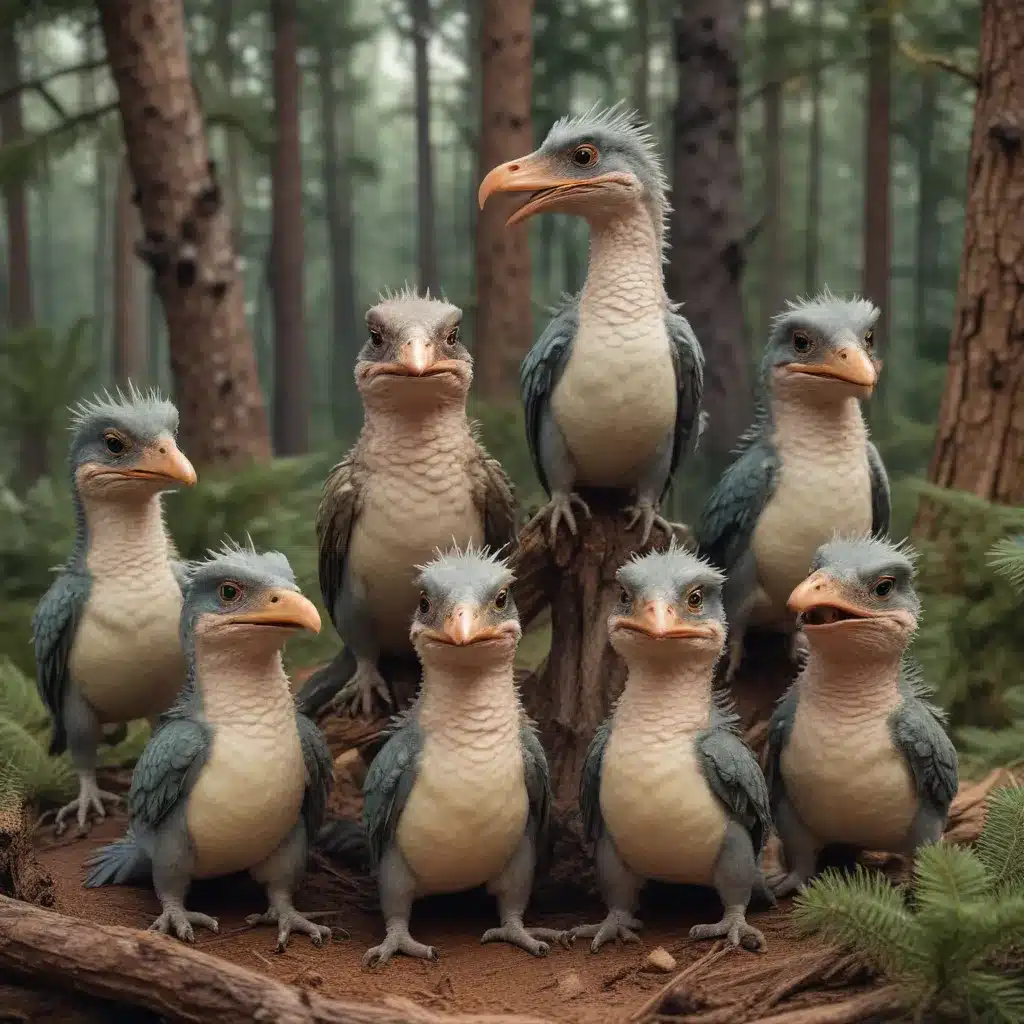
Introducing the Scaly Residents of Crooked Pines
At Crooked Pines Farm, we take great pride in the diverse array of flora and fauna that call our 25-acre plot home. While our rolling pastures, vibrant gardens, and towering pines capture the attention of many visitors, it’s the reptilian denizens lurking beneath the surface that truly fascinate us. Join us as we shed some light on the scaly residents that coexist in our little slice of nature.
A Balanced Ecosystem
Crooked Pines sits nestled between a mixed deciduous forest and a winding creek, creating a unique microclimate that supports a variety of plant and animal life. Our native wildflowers, towering oaks, and sprawling berry patches provide ample food and shelter for an abundance of creatures, from the chirping bluebirds to the buzzing pollinators. Within this delicate ecosystem, reptiles play a vital role, serving as both predators and prey in the complex food web.
Serpents of Serenity
Perhaps the most misunderstood of our reptilian residents are the snakes that slither through the underbrush. While the mere sight of a snake may strike fear in some, the truth is that the serpents of Crooked Pines are largely harmless. The most commonly encountered species is the garter snake, a slim, non-venomous creature that feeds primarily on small rodents, amphibians, and insects. Their presence helps to maintain a balanced rodent population, preventing crop damage and the spread of disease.
Another serpentine resident is the black racer, a sleek and agile snake that can often be spotted sunning itself on fallen logs or darting through the leaf litter in search of prey. These nimble predators are valuable allies in our ongoing battle against agricultural pests, as they readily consume small mammals, birds, and even other snakes.
Lizards of the Land
While snakes may steal the spotlight, the farm is also home to a variety of lizard species, each with its own unique adaptations. The five-lined skink, with its vibrant blue tail, scurries across the forest floor, hunting for insects and small invertebrates. These resilient reptiles are adept at evading predators, often dropping their tail as a distraction to make a hasty escape.
Basking on the sun-warmed stones near the creek, you may catch a glimpse of the northern fence lizard, a spiny-backed creature that uses its remarkable camouflage to blend seamlessly into the rock formations. These agile lizards play a crucial role in controlling the insect population, feasting on a variety of bugs and spiders.
Turtles of the Tributaries
The winding waterways of Crooked Pines provide a home for our resident chelonian (turtle) species. The painted turtle, with its striking patterns of red, yellow, and black, can often be seen perched on partially submerged logs, soaking up the sun’s warmth. These freshwater turtles play an important role in maintaining the aquatic ecosystem, feeding on aquatic plants, insects, and small fish.
In the deeper pools of the creek, the snapping turtle lurks, its powerful jaws ready to snap at any unlucky prey that ventures too close. While these ancient-looking reptiles may appear intimidating, they are essential in keeping the creek’s fish and amphibian populations in check, helping to maintain a balanced aquatic community.
Adaptations for Survival
The reptiles of Crooked Pines have evolved a remarkable array of physical adaptations to thrive in their environment. Snakes, for instance, rely on ectothermic (cold-blooded) thermoregulation, basking in the sun to warm their bodies and then finding shaded areas to cool down. Lizards, on the other hand, use their vibrant coloration and intricate patterns as a form of camouflage, blending seamlessly into the surrounding vegetation and rocks.
The behavioral patterns of our reptilian residents are equally fascinating. Snakes and lizards often hunt at dawn and dusk to avoid the midday heat, while turtles bask in the sun during the warmest hours. Many species also exhibit unique defensive strategies, such as the garter snake’s ability to release a foul-smelling musk or the skink’s capacity to detach its tail to evade predators.
Conserving Our Scaly Friends
As stewards of this land, we at Crooked Pines Farm are committed to preserving the delicate balance of our ecosystem, including the well-being of our reptilian residents. We actively manage invasive species that threaten the native habitat, while also monitoring the populations of our scaly friends to ensure their long-term survival.
Through our educational outreach programs, we strive to foster a greater appreciation for these often-misunderstood creatures. By inviting local schools and community groups to explore our nature trails, we encourage hands-on learning about the adaptations and ecological roles of snakes, lizards, and turtles. We also organize volunteer opportunities for those interested in assisting with habitat restoration and citizen science initiatives, empowering our community to become active stewards of the land.
Unlocking the Mysteries of Reptilian Life
The reptiles of Crooked Pines continue to captivate us with their remarkable adaptations and intriguing behaviors. Through ongoing scientific research and collaborative discoveries, we aim to deepen our understanding of these fascinating creatures, from their taxonomic classifications to their intricate ecological interactions.
By inviting visitors to join us on this journey of exploration, we hope to inspire a newfound respect and appreciation for the scaly residents that call Crooked Pines home. So, the next time you stroll through our gates, keep an eye out for the serpents, lizards, and turtles that play a vital role in maintaining the delicate balance of our beloved farm. Who knows what other reptilian wonders await to be discovered?


